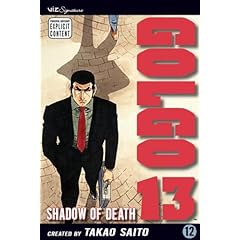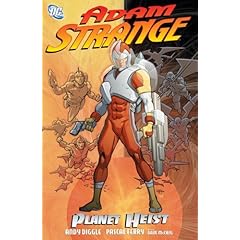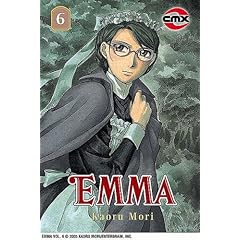
I never got around to buying this, but Marie has a copy, which promptly made its way onto the top of my nightstand pile before I shelved it with her other books. Released in 2004, this sees Neil Gaiman and seven artists new to his universe telling seven short tales about his Endless family. They're not all successful - Frank Quitely brings brilliant, beautiful imagery to a story that tells us nothing new about Destiny, Bill Sienkiewicz's messy, challenging layout ends up obscuring a very nice story of Delerium, and I gave up on Barron Storey's "Fifteen Portraits of Despair" entirely - but the four where everything clicks are genuinely wonderful additions to the Sandman story. Perhaps unsurprisingly, I liked the Milo Manara story a lot - I should probably reread all those Manara books outside of young eyes; it's been a while - but best of all is a great tale of Destruction, hanging out at a very strange archaeological dig. I've said before that Gaiman's short stories are more entertaining and fulfilling than his longer tales; don't let Endless Nights' position as "apocrypha" to the ten-book Sandman story encourage you to overlook this!

Speaking of books that should be read away from young eyes, well, the Bond newspaper strips of the 1970s weren't shy about a little T&A, but the first two strips in this collection are just full of Horak-drawn nudity, especially the title piece, in which Bond's KGB nemesis spends pages in just a pair of panties. I wasn't pleased with the previous volume and its implausibly outrageous stories, but things are considerably more believable in these three tales, which are much more grounded in rough seventies espionage. "The Xanadu Connection" and "Shark Bait," from 1978-79, were the last from the original series of strips which dated back to 1964 and never actually appeared in UK newspapers. The series resumed in the pages of the Daily Star in 1981 with "Doomcrack," which was drawn by MAD's Harry North. Overall, a very good volume, and, I must point out, it's got another great essay about James Bond comics, this time highlighting Dark Horse's troubled run and a tale never completed, written by Alan Porter, who knows a whole heck of a lot about 007's long, strange career!
(Originally posted February 28, 2008 at hipsterdad's LJ.)
















